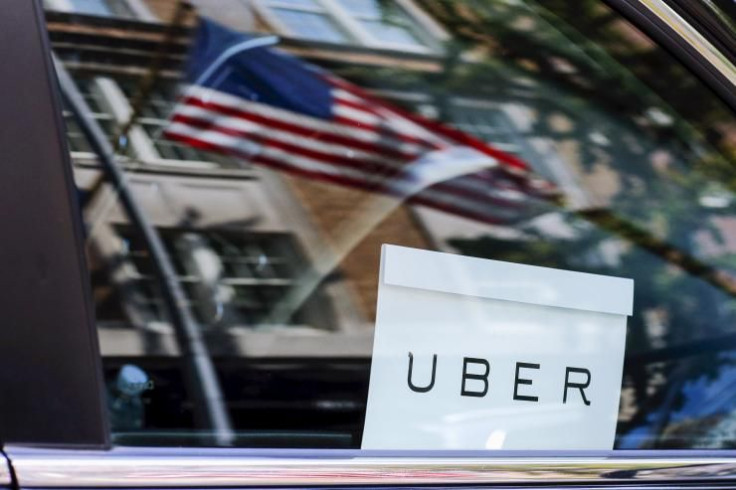Uber Cap Scrapped In NYC As Car-Hailing App Agrees To Hand Over More Data

At least New Yorkers know who’s in the driver’s seat. Four days after Mayor Bill de Blasio made his case for temporarily capping the number of Uber vehicles on city streets, that controversial plan has been taken off the table for at least the next few months, city officials said Wednesday.
De Blasio said he supported capping for-hire vehicles while the city conducted a sweeping study of traffic congestion, but the mayor’s administration has now agreed to back away from the plan provided Uber Technologies Inc. hands over additional data that helps facilitate the study.
“Today the administration, City Council and Uber have agreed to a framework that will advance the city’s vital policy goals for passengers, drivers and the public,” Anthony Shorris, the city’s first deputy mayor, said in a statement. “It sets in motion a plan to guide a comprehensive and fair public response, driven by data, to the increase in for-hire vehicles. And it ensures that the future growth of this industry matches the values and the interests of New Yorkers.”
The City Council was set to vote on the for-hire vehicle cap as early as Thursday. In its effort to squash the plan, Uber unleashed an expansive political-style attack campaign, targeting local officials -- and the mayor himself -- with mailings, TV commercials and robocalls characterizing the cap as a thinly veiled attempt to protect powerful yellow-cab interests. The San Francisco-based car-hailing app said about 25,000 New Yorkers try its service for the first time every week, and it has encountered fierce resistance from taxi and labor unions.
Uber and other services like it have contributed to an explosion in for-hire vehicles in New York since 2011, and some city officials contend that those new vehicles have been causing more congestion in Manhattan’s busiest neighborhoods. They said a study of traffic patterns will help assess the root causes of congestion and come up with solutions.

Under the agreement, Shorris said, the city will move ahead with the traffic study at the end of November, but Uber has agreed to share data “above and beyond” what has been previously provided. The company has also agreed to maintain its approximate rate of growth and not suddenly flood the city with new vehicles.
On the other side of the country, meanwhile, Uber could be hit with a $7.3 million fine for failing to provide adequate data to the California Public Utilities Commission.
Shorris said city officials and other transportation stakeholders will participate in an industrywide review of the taxi and for-hire vehicle industry focusing on consumer issues, driver and employee protections and accessibility for people with disabilities. The proposed Uber cap will be left off the table throughout the process.
“Taken together, these elements represent a smart and fair way to address the issues posed by the [for-hire-vehicle] industry in New York,” Shorris said. “The city’s goals and obligations are clear -- protect the public, encourage growth and innovation and keep New York City moving. This framework enables the City to accomplish each of these critical responsibilities.”
Christopher Zara is a senior writer who covers media and culture. News tips? Email me. Follow me on Twitter @christopherzara.
© Copyright IBTimes 2024. All rights reserved.






















